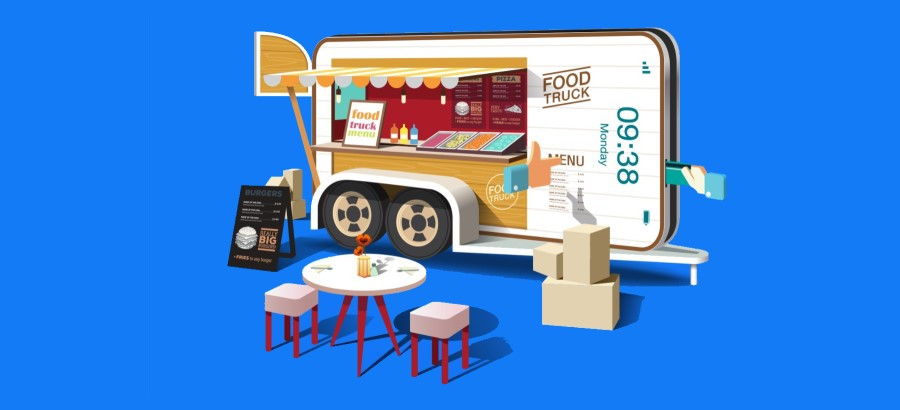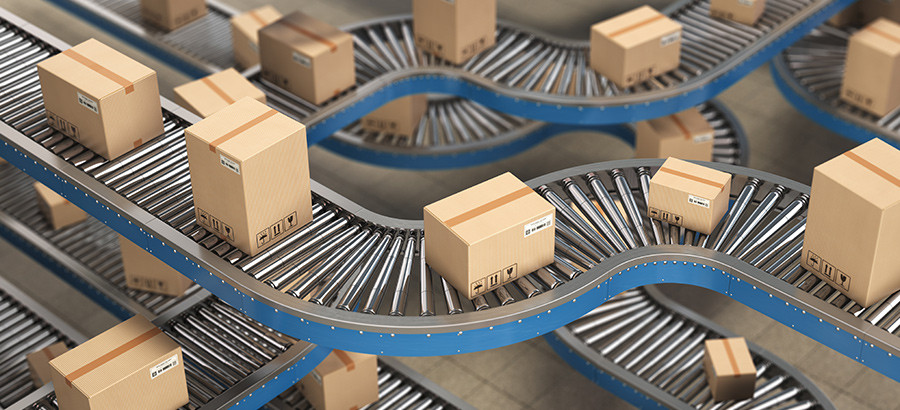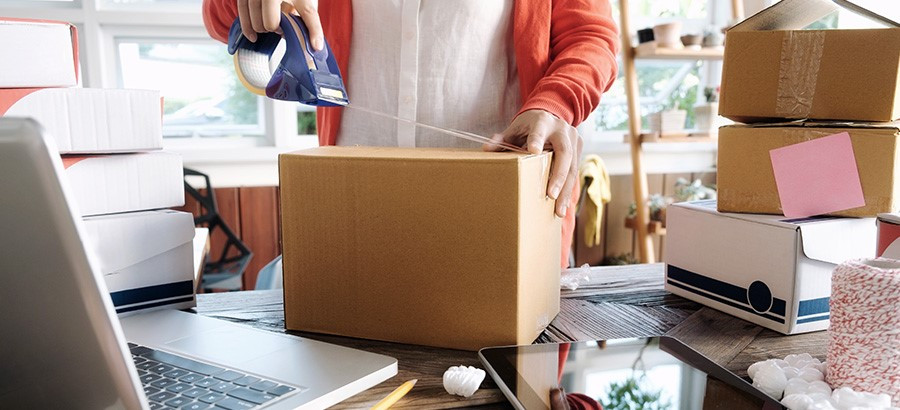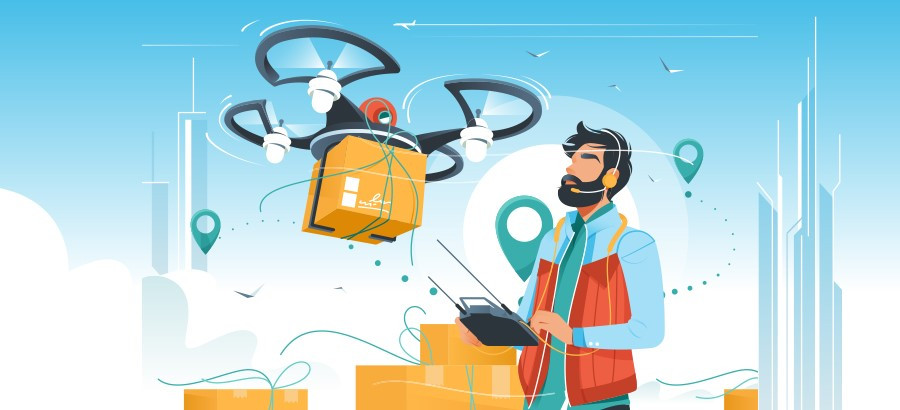- Advertising
- Bare Metal
- Bare Metal Cloud
- Benchmarks
- Big Data Benchmarks
- Big Data Experts Interviews
- Big Data Technologies
- Big Data Use Cases
- Big Data Week
- Cloud
- Data Lake as a Service
- Databases
- Dedicated Servers
- Disaster Recovery
- Features
- Fun
- GoTech World
- Hadoop
- Healthcare
- Industry Standards
- Insurance
- Linux
- News
- NoSQL
- Online Retail
- People of Bigstep
- Performance for Big Data Apps
- Press
- Press Corner
- Security
- Tech Trends
- Tutorial
- What is Big Data
Order Now: Why You Need Bare Metal Servers for Hosting Food Delivery Apps
While the restaurant and hospitality industries have been heavily impacted by COVID, some companies have managed to cash in on opportunities, using digitalization as their key to success. Restaurants and supermarkets that focused their time and energy on building online food delivery apps, for instance, gained a competitive advantage on the market.
The world will go back to normal at some point, but it’s safe to say that some habits will remain. Ordering food and necessities online is quick, reliable, and useful, and people have already gotten used to it. The prevalence of food delivery apps is here to stay, and according to Statista, revenue is expected to show an annual growth rate (CAGR 2020-2024) of 7.5%, resulting in a projected market volume of US$182,327m by 2024.
Here are the main requirements for hosting a food delivery app.

How Food Delivery Apps Work
Everyone has ordered food online at least once. As you know, each food delivery app or website has different features and bases its business on different models. Here are some of the most common business models that currently exist on the market:
- Order only model;
- Order and delivery model;
- The fully integrated model;
- Cloud restaurant model;
- Meal kit delivery model.
What’s common for all of them is that the customer needs an interface for the ordering system, while as a business, you will need a database, as well as an order retrieval system. For the customer journey to work flawlessly, besides the UI/UX that should be carefully built, there are also several aspects to take into consideration for the server in the back-end:
- The server has enough resources
- The database is well-optimized
- You’re using a low latency network
- The server is well-secured
But we’ll get back to these later. Let’s first see how to go about the development of food apps.
Different Types of Food Delivery Apps
With food delivery apps, there are four possible approaches:
- You hire a team of developers to create your custom application from scratch. This is expensive and time consuming but you will be in control of everything from design to features.
- You buy the software for your application from a development company. This is a much faster and cheaper option, and another advantage is that the software is already well-tested. However, there is a limited set of features to choose from.
- You go with a third-party app that provides services for other entities (i.e. Uber Eats).
- You operate a third-party app that provides services for other entities.
For each of these, you’ll actually need more than one app:
- The customer app
- The admin app
- (optional) The delivery person app
The exact type of business you’re working in and the choice of one of the four options will also be the foundation for the server you’ll want to use. Aspects like size, features (account registration, profile management, easy search option, order tracking, easy payment gateway, ratings, push notifications, and so on), ecommerce application used, database tools, number of products, programming language, must all be considered when you choose a server for your food delivery app.
Why You Need High Availability
The most important aspect for a food delivery app is high availability. As the name suggests, having your website or app working at all times (you might have heard of the term server uptime) is mandatory. You don’t want your app to be down when people are hungry. Being hangry actually is a thing.
In technical terms, you do not want to have what we call a single point of failure (SPOF - a part of a cluster that will crash the entire system if it fails). This is achieved through redundancy, meaning that any information or component layer is doubled – thus, you have no SPOF. For instance, if you host your database in two different locations, or if you have two drives with the same information, then if one stops working, the other one steps in, and there is no downtime for your customer.
Why You Need a Fast Database
Depending on the number of products you’re selling (if you have your own website or app), or especially if you are a third-party app that provides services for a number of restaurants or suppliers, you need to have a modern and well-optimized database. You could choose between the classic relational databases (i.e. MySql, PostgreSQL, MariaDB, Percona, etc) or go for a NoSQL-type database (i.e. MongoDB). No matter which database you choose, it has to be implemented well and optimized as much as possible. Having a reliable server that can guarantee fast queries in your database is crucial.
Why You Need Big Data
Using big data for your food delivery app can only bring advantages, as it can improve the efficiency of your business by keeping and analyzing data on stock, orders, and even search. For instance, you can use ElasticSearch on your server and make use of the advanced search optimization option (i.e. auto-complete). You can use big data in multiple ways to improve your business, but big data projects require certain server resources. Doing big data as a small company is possible if you know where to start from. As a larger company, using real-time big data analytics can be a major differentiator from your competitors.
Why You Need Low Latency
Low latency means having a very fast network that can transfer data with minimal delay. Due to the nature of food delivery apps, they require continuous data processing and storage, as well as lightning-fast delivery. Reliable servers, real-time data analysis, and low-latency are crucial for an excellent customer experience.
Why You Need a Powerful Server
People usually eat at the same time, and taking into consideration aspects like how long a delivery takes, most people will probably access your app around the same time. This can create traffic spikes if your server does not have enough resources or is not well-optimized for high traffic.
Why You Need Security
Any food delivery app stores personal data, such as name, e-mail, phone number, and even credit card numbers, so you want to make sure your server is properly secured. You can get the best security with dedicated, single-tenant servers, since you’re the only one who accesses the server.
Why Use Bare Metal Servers for Food Delivery Apps
Firstly, bare metal servers are physical machines, just like dedicated servers, with fixed RAM, processor, and network, but have cloud-like functionalities, like scalability and flexibility. You can upgrade hardware automatically from the interface, and you can change one server with another one that has a fixed configuration, quickly, with just a click.
Secondly, the difference between bare metal servers and virtualized cloud servers is that bare metal servers have no hypervisor to host different operating systems. This means that it is overall faster and more powerful as there's no in-between layer to slow it down. Bare metal servers offer high performance, especially when discussing large resource needs.
Thirdly, if you need to run larger big data projects, you’ll be happy to know bare metal servers support any type of big data tools: from ElasticSearch to Cloudera, and from Cassandra to MongoDB.
Infrastructure Is Key to Success
Online and food delivery apps are here to stay. The more features and products you have, the more you attract clients. But without a solid server behind it there would be no app, no website, no orders, and thus no clients. Your goals, business expectancies, and the infrastructure requirements should be carefully considered when hosting food delivery apps. Choosing a server platform that is both powerful and flexible is a wise choice because it has the capacity to grow along with your business long-term.
Here is an overview with statistics and examples specific to the online retail industry:
Readers also enjoyed:

Get Your E-commerce Business Ready for Future Online Adventures


Leave a Reply
Your email address will not be published.